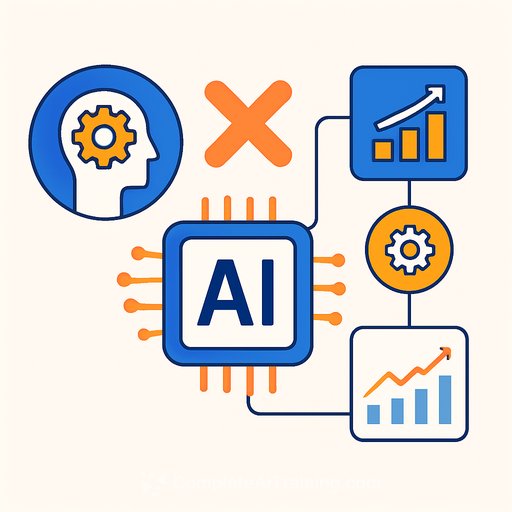Microsoft’s New Report Reveals Its Approach to Responsible AI Development
Microsoft is addressing AI risks with dedicated internal teams, stricter development protocols, and enhanced security measures to keep its AI tools safe and reliable. As AI becomes increasingly integrated into everyday workflows, the company has opened up about the rigorous processes behind building trustworthy AI technologies.
The latest Responsible AI Transparency Report outlines Microsoft’s advancements over the past year in responsible innovation. It highlights new model development, improved safety frameworks, and practical guidance for enterprises handling high-stakes AI applications. Core principles such as fairness, safety, privacy, transparency, and accountability are central to their AI development strategy.
A Structured Approach to AI Safety
Microsoft employs a ‘govern, map, measure, and manage’ framework to reduce risks throughout the AI lifecycle. This involves:
- Establishing an Office of Responsible AI to steer policy and product decisions in line with global regulations.
- Creating dedicated engineering teams focused on building tools and technical guidelines to help users meet responsible AI standards.
- Enhancing threat mapping processes to proactively detect potential vulnerabilities and new risks in AI models.
Rigorous Testing and Risk Management
In 2024, Microsoft’s AI Red Team (AIRT) conducted 67 targeted security operations across Copilot and other AI models, including every major release on the Azure OpenAI Service. Their work also explored emerging AI formats such as image-to-image, video-to-text, text-to-video, and text-to-audio.
After assessing a model’s capabilities, Microsoft applies a defense-in-depth strategy to manage risks. This includes using content classifiers to filter harmful inputs and outputs, grounding models with trusted input data, and adding safety prompts to ensure AI responses align with responsible standards.
Progress on Content Safety
While many AI developers still face challenges blocking unsafe content, Microsoft reports significant improvements in detecting and filtering out harmful AI-generated material. This covers sexual, violent, and hateful content, as well as copyrighted works like song lyrics, news articles, and software code.
One standout initiative is the Sensitive Uses and Emerging Technologies programme. This team provides direct consultations for high-impact or higher-risk AI applications. In 2024, 77% of their cases related to generative AI development, including voice features in Copilot and agentic AI applications.
Looking Ahead: Agile Risk Management and Governance
Microsoft plans to advance more flexible risk management techniques and foster an AI ecosystem based on shared norms and effective tools. Their goal is to support governance not only for AI developers but also customers and partners, enabling efficient implementation that keeps up with AI innovation.
This approach aims to build the trust required for AI technologies to be adopted safely and responsibly across industries.
For IT professionals interested in responsible AI development and governance, exploring comprehensive training courses can be valuable. Resources like Complete AI Training’s latest AI courses provide practical guidance on managing AI risks and compliance.
Your membership also unlocks:






